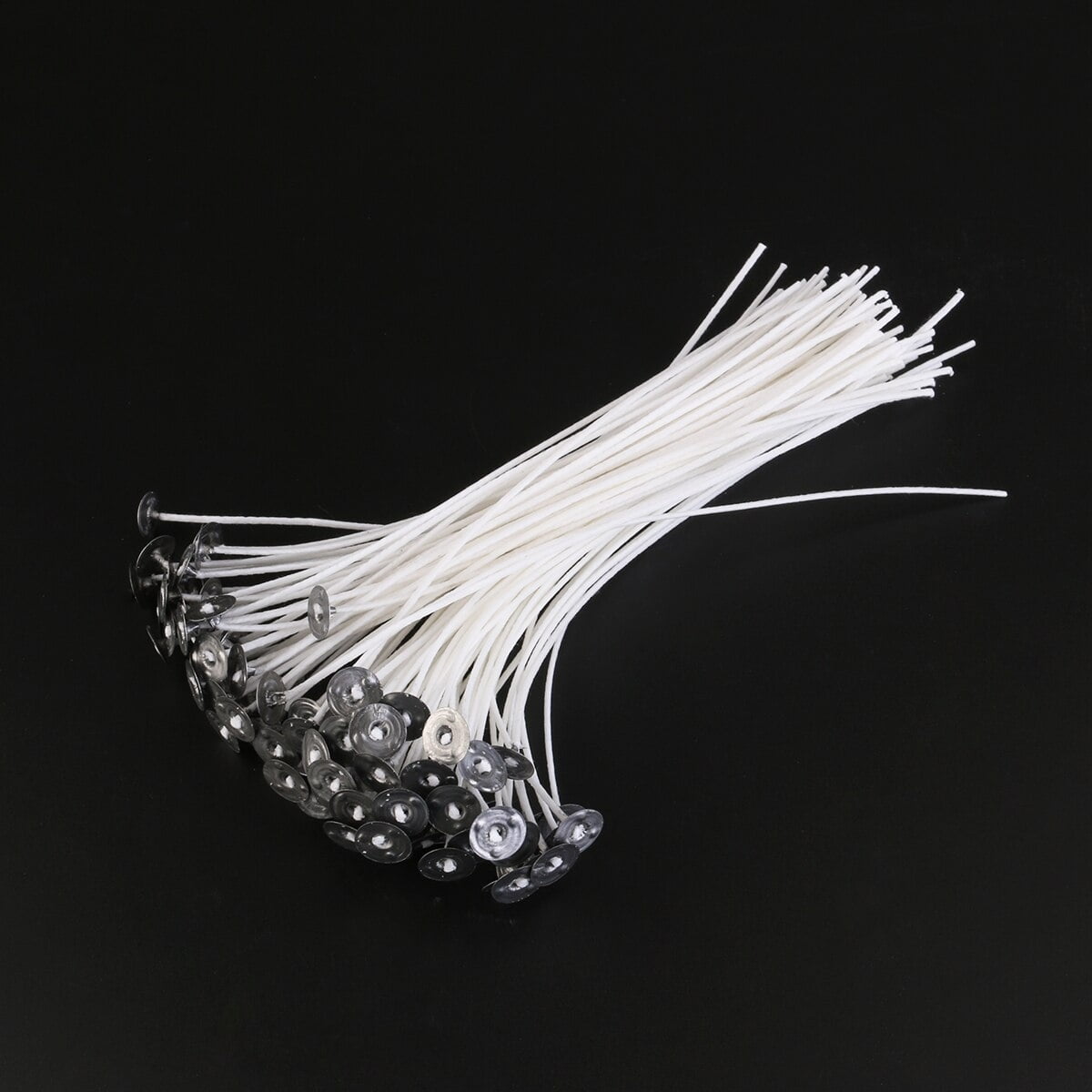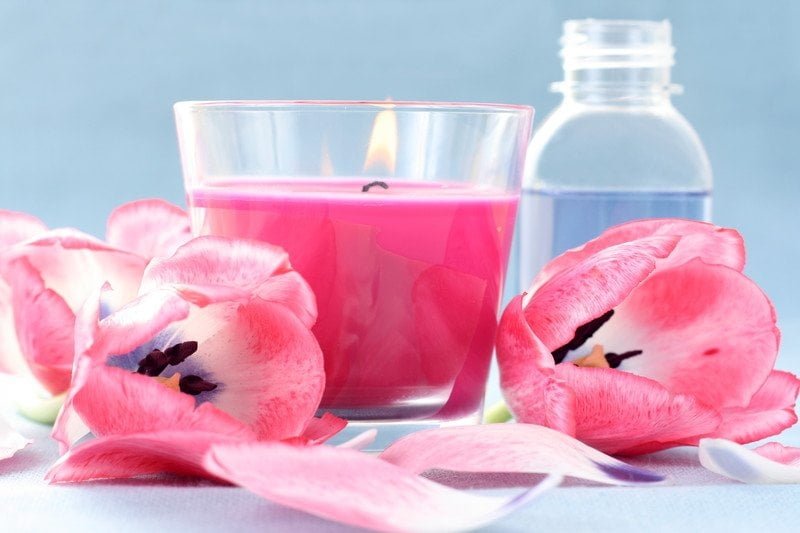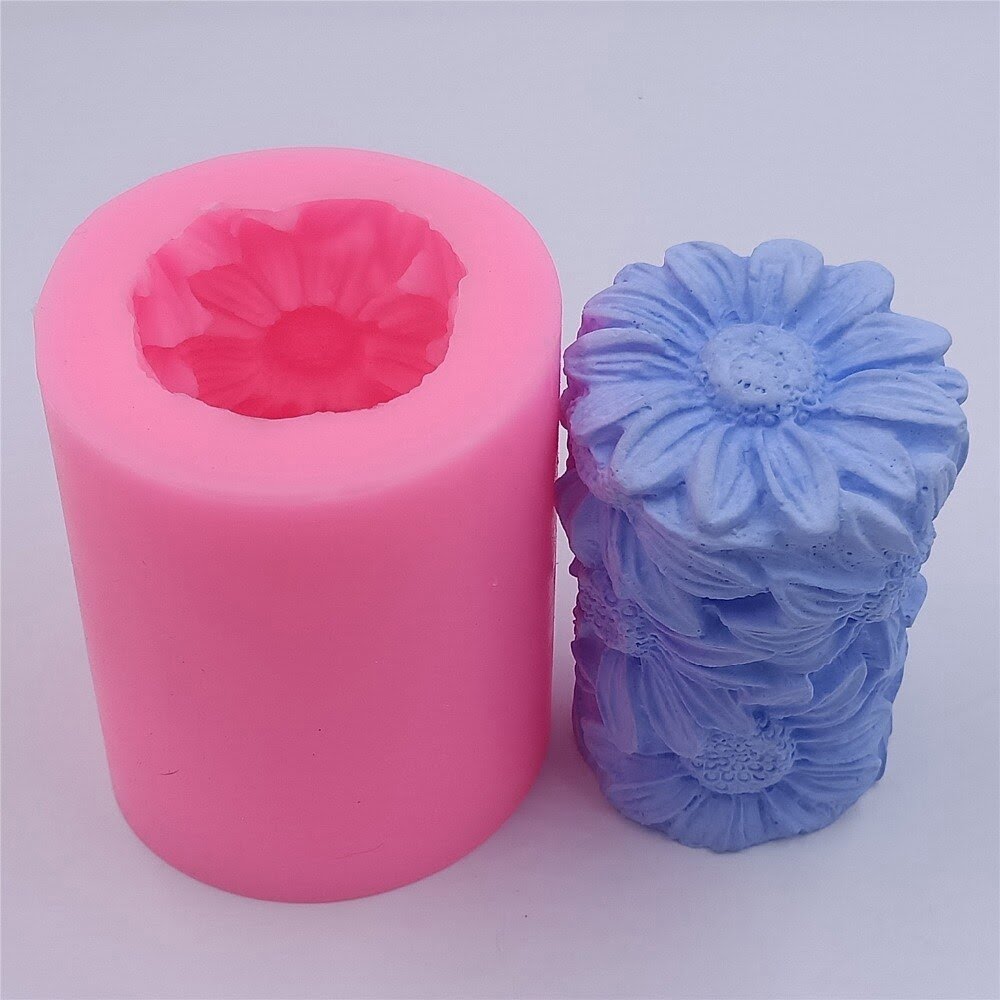Are you a beginner interested in the art of candle making? Look no further. This article provides essential candle making tips for beginners, taking you through the process step by step. From selecting the right materials to troubleshooting common issues, this comprehensive guide will help you embark on your candle making journey with confidence and creativity.
Candle making is a beautiful craft that allows you to create personalized, aromatic masterpieces for your home or as thoughtful gifts. Whether you’re looking for a new hobby or seeking to unleash your creative side, learning the basics of candle making is a great place to start. With the right tools, materials, and knowledge, anyone can create stunning candles from the comfort of their own home.
In this section, we’ll explore the essentials of candle making for beginners. We’ll cover everything from the basic tools and materials needed to get started, to understanding different types of wax and selecting the perfect scents for your candles. By the end of this article, you’ll have all the information necessary to begin your candle making journey with ease and confidence.
Essential Tools and Materials
When starting out with candle making, it’s crucial to have the right tools and materials on hand. Having all the necessary items at your disposal will ensure a smooth and enjoyable candle-making experience. To begin with, you will need a double boiler or a dedicated wax melter to melt your wax. A thermometer is also essential for monitoring the temperature of the wax, as overheating can lead to safety hazards and poor quality candles.
In addition to the melting equipment, you will require molds or containers for shaping your candles. These can range from traditional candle molds to repurposed jars and tins. It’s important to choose vessels that are heat-resistant and suitable for holding hot wax.
Additionally, you’ll need wicks that are appropriate for the size and type of candles you plan to make. Wick size directly impacts how your candle burns, so it’s crucial to select the right wick for optimal performance.
Once you have gathered these key items, you can start considering embellishments such as dyes, fragrances, and additives. It’s always best to start with a basic set of materials before experimenting with more complex additions.
As you become more experienced in candle making, you can explore different waxes, scents, and colors that align with your creative vision. With these essential tools and materials in hand, you’re well-equipped to dive into the art of candle making as a beginner.
Choosing the Right Wax
When it comes to choosing the right wax for your candle making project, there are several options to consider as a beginner. Each type of wax offers its own unique characteristics and benefits, so it’s important to understand the differences before making a selection.
One popular choice for beginners is soy wax, known for its clean-burning properties and ability to hold fragrance well. It is also easy to work with and readily available in most craft stores. Another option is paraffin wax, which is often less expensive than other waxes and provides a strong scent throw.
Beeswax is another natural option that gives off a subtle honey-like aroma and has a longer burn time than other waxes. Finally, coconut wax has gained popularity in recent years due to its eco-friendly and sustainable qualities.
When deciding on the right wax for your candle making project, it’s important to consider factors such as burn time, fragrance retention, cost, and environmental impact.
| Types of Wax | Characteristics |
|---|---|
| Soy Wax | Clean-burning, holds fragrance well |
| Paraffin Wax | Less expensive, strong scent throw |
| Beeswax | Natural, subtle honey-like aroma, longer burn time |
| Coconut Wax | Eco-friendly, sustainable qualities |
In addition to the type of wax you choose, keep in mind that different waxes may require specific methods of preparation or handling during the candle making process. As you experiment with different types of wax, take note of how they perform in terms of burn quality and fragrance dispersion. With some trial and error and hands-on experience, you’ll soon discover which type of wax best suits your preferences as a beginner candle maker.
Understanding Fragrances and Scents
When it comes to candle making, selecting the right fragrance is crucial for creating a successful and desirable product. The scent of a candle can evoke certain moods, create ambiance, and even trigger memories for those who experience it. Here are some essential tips for beginners on how to select the perfect aromas for your candles.
Understanding Different Fragrance Types
Before diving into the world of candle making, it’s important to understand the different types of fragrances available. There are three main categories: essential oils, fragrance oils, and natural extracts. Essential oils are derived from plants and have therapeutic properties, while fragrance oils are synthetic and offer a wider range of scents. Natural extracts come from fruits, flowers, and spices and offer a more subtle fragrance.
Consider Your Target Audience
When choosing fragrances for your candles, it’s important to consider your target audience. Are you creating candles for relaxation and aromatherapy? In that case, soothing scents like lavender or eucalyptus may be suitable. If you’re targeting a younger demographic, fruity or sweet scents may be more appealing. Understanding your audience will help you narrow down the choices and make informed decisions about which fragrances to use.
Experimentation Is Key
As a beginner in candle making, don’t be afraid to experiment with different fragrances to discover what works best for you. Try combining different scents to create unique blends that can set your candles apart from others on the market. Keep detailed records of your experiments so that you can replicate successful combinations in the future. Remember that finding the perfect aroma for your candles is a creative process that requires patience and an open mind.
Wicking and Wick Selection
When it comes to making candles, choosing the right wick is crucial to ensuring that your candle burns properly and evenly. As a beginner in the art of candle making, it’s important to understand the different types of wicks available and how to select the right one for your specific candle-making project.
The first thing to consider when selecting a wick is the type of wax you plan to use. Different waxes require different types of wicks in order to burn effectively. For example, soy wax typically requires a different type of wick compared to paraffin wax. It’s important to research and understand which wick is best suited for the type of wax you are using.
In addition to considering the type of wax, you’ll also need to think about the size of the container or mold you’ll be using for your candle. The diameter of your container will determine the size of wick needed.
Using a wick that is too small can result in a tunneling effect where only the center of the candle burns, while a wick that is too large can cause the candle to burn too hot and produce excessive soot.
Here’s a basic guide for choosing the right wick size based on container diameter:
- 2 inch diameter: Small Wicks
- 3 inch diameter: Medium Wicks
- 4 inch diameter: Large Wicks
By understanding these basic principles, beginners can start their candle-making journey with confidence, knowing they have selected the right wick for their project.
| Container Diameter | Recommended Wick Size |
|---|---|
| 2 inches | Small Wicks |
| 3 inches | Medium Wicks |
| 4 inches | Large Wicks |
Safety First
When it comes to candle making, safety should always be the number one priority. Handling hot wax and fragrance oils can present some potential risks, but with the right precautions, you can minimize any potential hazards. Here are some important tips for handling hot wax and fragrance oils to ensure a safe and enjoyable candle making experience:
- Always work in a well-ventilated area to prevent inhaling fumes from the melting wax and fragrance oils. Proper ventilation is essential for your respiratory health when working with these materials.
- Use protective gear such as gloves and aprons to shield your skin from any accidental splashes or spills of hot wax or fragrance oils. Safety goggles are also recommended to protect your eyes from potential splatters.
- Keep a fire extinguisher within reach at all times, especially when working with open flames or hot surfaces. It’s better to be prepared for any unexpected accidents that may occur during the candle making process.
- Never leave melting wax unattended, as it can quickly reach high temperatures and pose a fire hazard if not properly monitored.
- When handling fragrance oils, be mindful of any skin sensitivities or allergies you may have. It’s important to use these oils in a well-ventilated area and consider wearing a mask if you are particularly sensitive to strong scents.
By following these essential safety tips, beginners can enjoy their candle making journey without compromising their well-being. With the right precautions in place, you can create beautiful candles with peace of mind knowing that safety is always a top priority.
Step-by-Step Guide to Making Your First Candle
When it comes to candle making, the process can seem quite daunting for beginners. However, with the right guidance and a bit of practice, anyone can create their own beautiful candles at home. In this section, we will provide you with a step-by-step guide to making your first candle, from melting wax to pouring and setting.
Gather Your Materials
Before you begin making your first candle, it’s important to gather all the necessary materials. This includes your chosen wax, fragrance oils, wicks, a double boiler or melting pot, a thermometer, and a suitable container for your candle. It’s essential to have everything organized and within reach before starting the process.
Melting the Wax
The first step in making your own candle is to melt the wax. Using a double boiler or melting pot, heat the wax to its recommended temperature according to the type of wax you are using. It’s crucial to keep an eye on the temperature using a thermometer to ensure it doesn’t overheat and cause any safety issues.
Pouring and Setting
Once the wax has reached the correct temperature and any fragrance oils have been added, carefully pour the melted wax into your chosen container. Position the wick in the center of the container and allow the candle to cool and set completely before trimming the wick. This is an exciting moment as you’ll start to see your homemade candle take shape.
By following this step-by-step guide and keeping these essential tips in mind for candle making beginners, you can feel confident in creating your first unique candles at home. With practice and experimentation with different techniques, scents, and styles, you’ll soon be able to master this art form and enjoy creating personalized candles for yourself or as thoughtful gifts for others.
Troubleshooting Common Issues
When starting out with candle making, many beginners may encounter common issues that can be frustrating and discouraging. However, with the right knowledge and tips, these problems can be easily solved, and you can learn how to avoid them in the future. Here are some troubleshooting common issues and their solutions for beginner candle makers.
One common issue that beginners may face is uneven burning. This can happen when the wick is not centered or when the wax pool is not properly formed. To solve this issue, make sure to always center the wick before pouring the wax and allow enough time for the candle to cool and set properly. Additionally, trimming the wick to a proper length (around 1/4 inch) before each use can also help ensure an even burn.
Another problem that beginners may encounter is air bubbles in their candles. Air bubbles can form when pouring the wax too quickly or when there are temperature differences between the wax and the container. To prevent air bubbles, try pouring the wax at a lower temperature and tapping the container gently after pouring to release any trapped air. Additionally, using a heat gun or hairdryer to carefully warm the surface of the candle can help smooth out any imperfections.
Additionally, frosting and wet spots are also common issues in candle making for beginners. Frosting appears as a white crystal-like layer on the surface of the candle, while wet spots are patches where the wax has pulled away from the container.
To avoid frosting, try cooling your candles at a consistent room temperature and avoiding drastic temperature changes during cooling. To prevent wet spots, make sure to preheat your containers before pouring and allow your candles to cool slowly without any drafts.
By understanding these common issues and their solutions, beginner candle makers can troubleshoot their problems with confidence and learn how to avoid them in their future projects. With practice and patience, you’ll soon become adept at creating beautiful, high-quality candles that you can be proud of.
Conclusion
In conclusion, candle making is a wonderful hobby that offers endless opportunities for creativity and personal expression. By following the essential tips and guidelines provided in this article, beginners can confidently embark on their candle making journey. From selecting the right tools and materials to understanding the different types of wax and fragrances, beginners now have a solid foundation to create their own unique and beautiful candles.
As you begin your candle making adventure, remember to prioritize safety at all times. Handling hot wax and fragrance oils requires caution and attention to detail. By following the safety tips outlined in this guide, you can enjoy the process of candle making without any worries.
Lastly, do not be discouraged by any mistakes or issues that may arise during your first attempts at candle making. Troubleshooting common issues is a normal part of the learning process, and with practice and persistence, you will refine your skills and produce stunning candles.
Embrace this new hobby with confidence, knowing that you have the knowledge and expertise to create beautiful candles that will bring joy to yourself and others. With these candle making tips for beginners in mind, let your creativity shine as you explore the art of crafting custom candles.
Frequently Asked Questions
What Not to Do When Making Candles?
When making candles, it’s important not to overheat the wax, as this can be a fire hazard. It’s also crucial to use the correct amount of fragrance oil and wick size to avoid safety issues and poor burn performance.
How Do You Stop Candles From Tunneling?
To prevent candles from tunneling, it’s essential to allow the candle to create a full melt pool during each use, especially during the first burn. Trimming the wick before each use can also help ensure an even burn and prevent tunneling.
How Do I Make a Strong Smelling Candle?
Making a strongly scented candle involves using a higher concentration of fragrance oil in the wax. It’s important to follow recommended guidelines for the maximum fragrance load for the type of wax being used. Additionally, choosing potent fragrances like vanilla or patchouli can also help create a strong-smelling candle.

Welcome to my candle making blog! In this blog, I will be sharing my tips and tricks for making candles. I will also be sharing some of my favorite recipes.





